FOREST CONSERVATION
Spruce Forest E1
Spruce Forest E1
Spruce forests are special forest ecosystems that have a major impact on both the environment and human life. Currently, spruce forests are facing intensive logging due to the high demand for timber by corporations. Profit is pursued at all costs, regardless of the long-term damage caused by ecological imbalances.
Uncontrolled deforestation of spruce forests poses a serious threat and could trigger irreversible ecological changes that will affect not only the forest dwellers, but also the entire region.
You can manage or cancel your subscription at any time.
Couldn't load pickup availability
About the growing area
About the growing area
Coordinates – 55°55'07.1 "N 22°23'11.3 "E
Age of trees – 86 y
Total area - 1.2 ha
Min. rent area - 1.2 ha
Distribution of trees in parts:
70% - Spruces
20% – Birches
10% - Oaks
Habitat
Soil moisture - Normal
Soil Fertility - Very fertile
Soil Type - Loamy
Topography - Sloped
View on the map
About spruce trees
About spruce trees
Spruce forests are special forest ecosystems that have a major impact on both the environment and human life. These forests, which are mainly made up of Norway spruce (Picea abies), White spruce (Picea glauca) and other spruce species, are the most common in Northern Europe and North America.
Norway spruce trees can grow up to 10 to 80 meters high. On average, they live 250-300 years. Some live up to 400-500 years. There are 56 species of spruce trees worldwide.
Our commitments
Our commitments
1. We put up a sign with the contact details of the person who protects the forest
One of our first steps is to make sure that every forest we are committed to protecting has a guardian. We will place information boards at the entrance to the forest with the contact details of this person. This will not only raise awareness among visitors, but also encourage the local community to get involved in protecting the forest.
2. No economic activity will be carried out in this forest that would harm the ecosystem
Our main commitment is to protect the forest from any economic activity that could harm its ecosystem. This means that no logging, agricultural development or other activities that could disturb the normal life of the forest will be allowed. We aim to preserve the natural beauty and ecological balance of the forest by providing a safe and stable habitat for plants and animals. The forest will be used for educational and recreational purposes only, which will not disturb the natural environment. This will ensure that the forest will be able to thrive both now and in the future.
3. Twice-yearly reports on the state of the forest
To ensure transparency and accountability, we commit to producing detailed reports twice a year describing the state and evolution of the forest. These reports will be publicly available and will provide information on the conservation actions carried out, the problems observed and the solutions proposed. This will not only help to monitor changes in the flora and fauna of the forest, but also to raise public awareness of the importance of forests, encouraging them to play a more active role in their conservation. Regular reporting will allow us to respond in time to any challenges that arise and ensure that the forest grows healthy and vibrant.
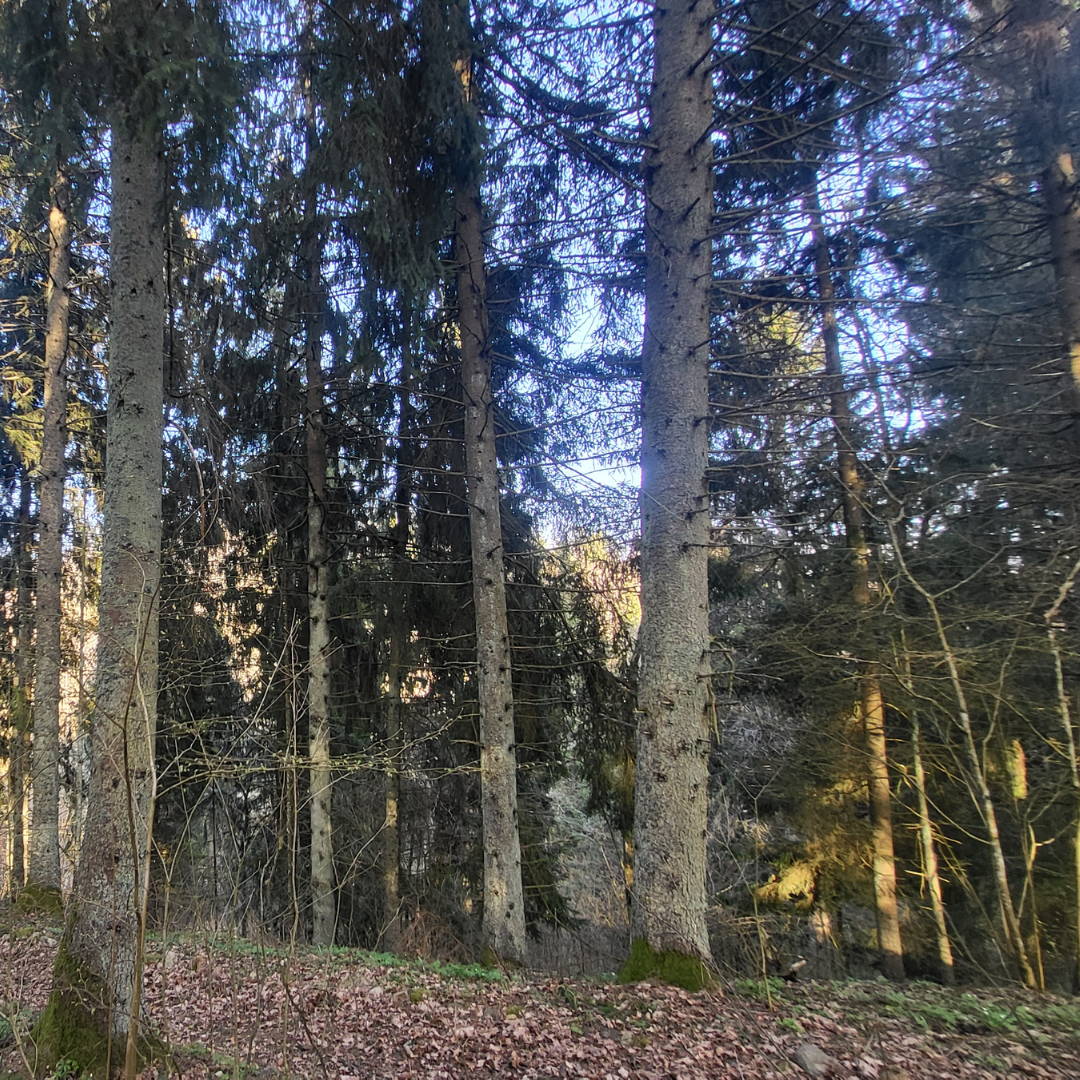
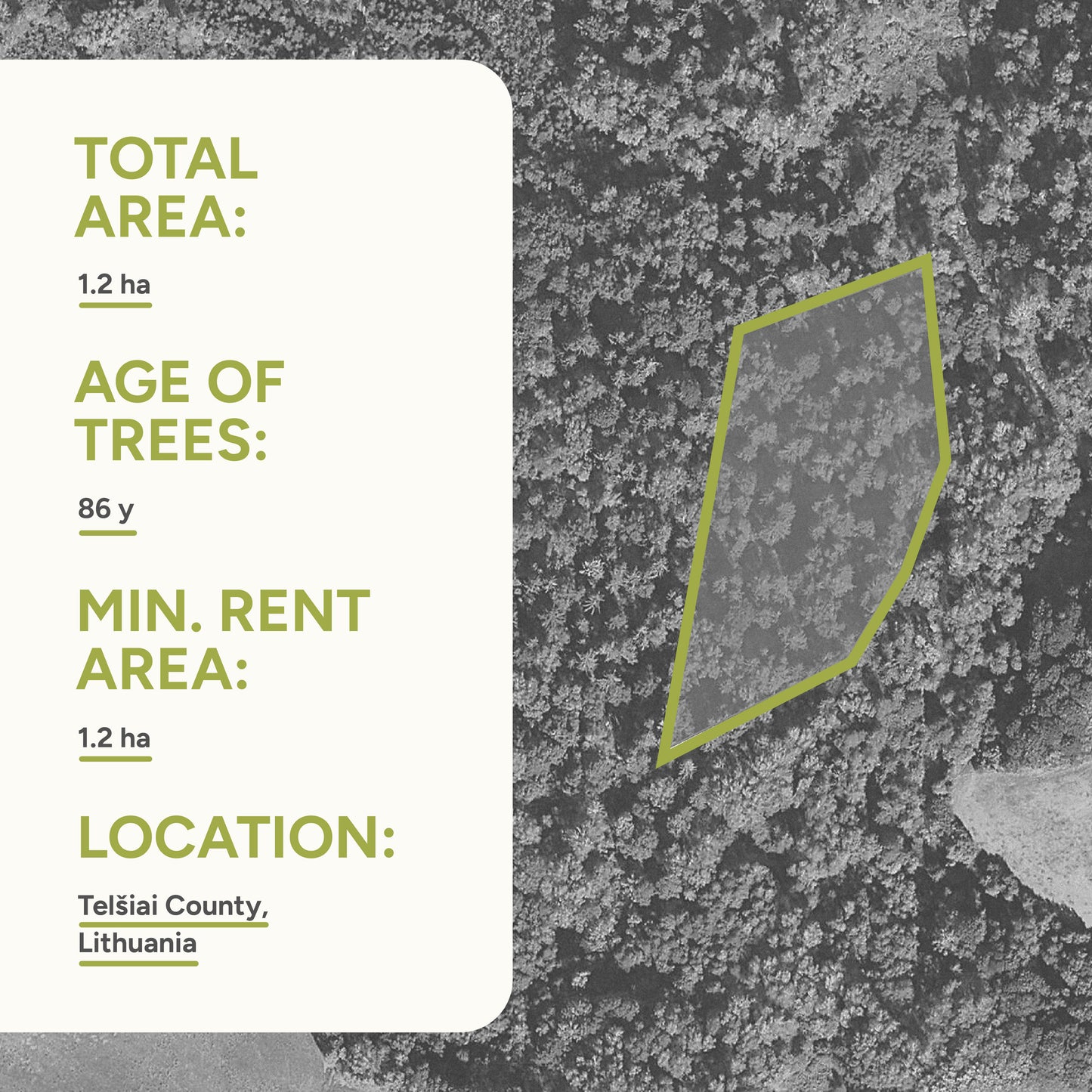
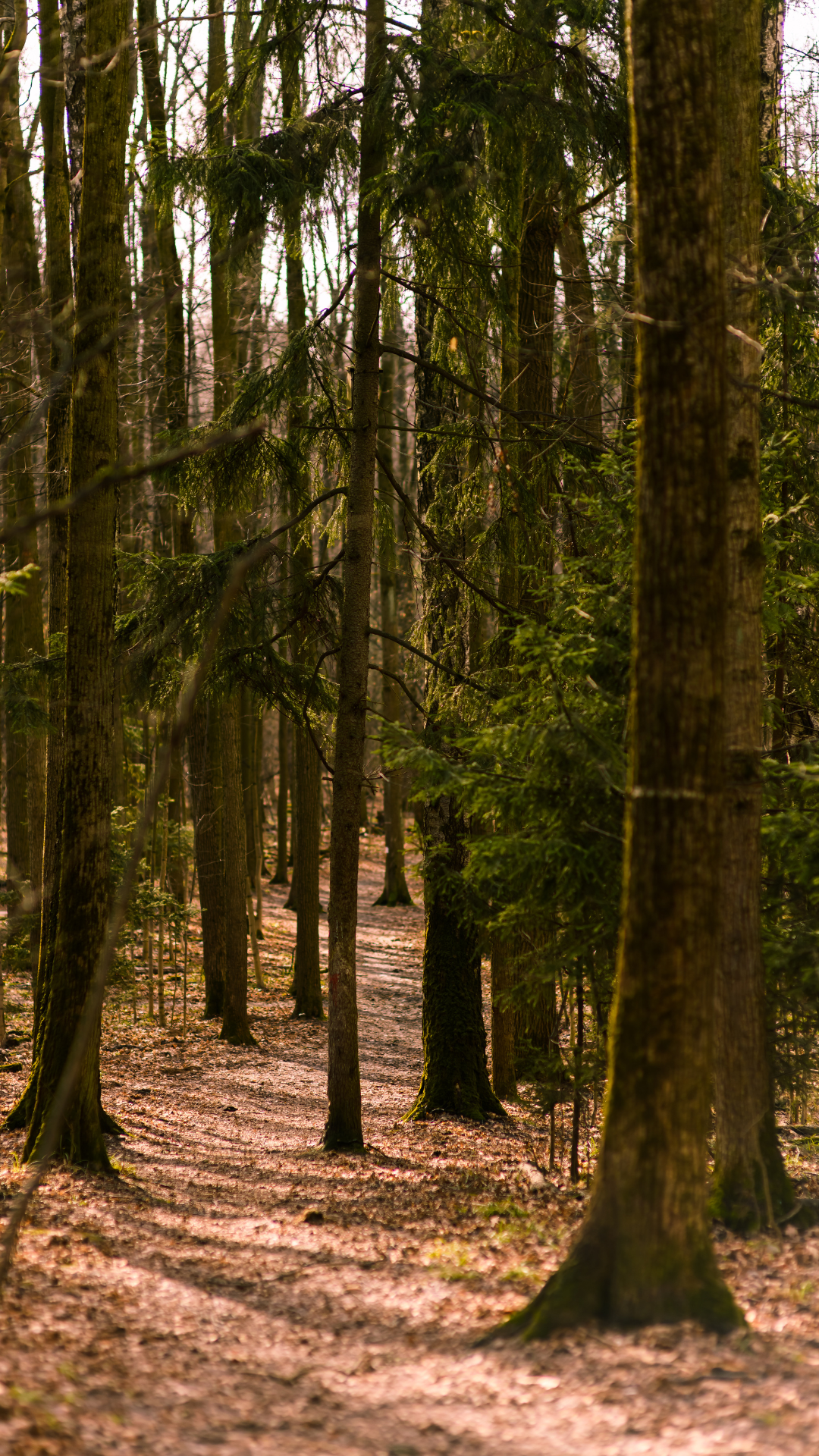
Why is this important?
Spruce trees are highly effective at absorbing carbon dioxide, reducing the amount of CO2 in the atmosphere and making a significant contribution to stopping global warming. The more spruce trees there are, the greater their contribution to reducing the greenhouse effect. Spruce branches and their cover create a unique microclimate that protects the soil from erosion, helps to maintain higher humidity and lower temperatures. This is particularly important during drought, when water conservation becomes critical.
Spruce forests are home to many species of plants, animals and microorganisms. By conserving these forests, we will ensure that these species have a suitable habitat in which to live, breed and thrive. This will help maintain the balance of the ecosystem and protect endangered species.
Uncontrolled deforestation poses a serious threat and could lead to irreversible ecological changes that will affect not only the forest dwellers, but also the entire region. Animals that depend on spruce forest ecosystems will be forced to find a new home and many of them may disappear completely.
The destruction of spruce forests will not only lead to a loss of biodiversity but also to soil erosion. Spruce forests have a direct and significant impact on water resources as they play an important role in the water cycle and its regulation. Reduced areas of spruce forests will also reduce their capacity to absorb carbon dioxide, which is a major component of greenhouse gasses.
Save
Impact on the water cycle
Spruce trees help to regulate water flow, reduce the risk of flooding and improve water quality. Deforestation causes soil erosion. Water quality in rivers and lakes is reduced. This is particularly important in countries where many water bodies depend on forest ecosystems.
Impact on CO2 change
Spruce trees help reduce greenhouse gas concentrations in the atmosphere by absorbing carbon dioxide. Every fir tree that is cut down reduces its CO2 absorption capacity, contributing to climate warming.
Impact on biodiversity
Spruce trees provide habitat for many species of animals and plants. Deforestation of spruce trees deprives them of their natural habitat. This particularly affects birds, small mammals and insects, which are closely linked to spruce trees. The loss of spruce forests also leads to the loss of these species, which weakens the stability of the ecosystem as a whole.
Impact on deforestation
Deforestation of spruce forests in Lithuania has increased significantly in recent years. Since 2010, spruce forests have declined by around 10%, threatening the entire forest ecosystem. As a result of intensive logging, large areas of forest are becoming degraded and reforestation takes decades, if not longer.
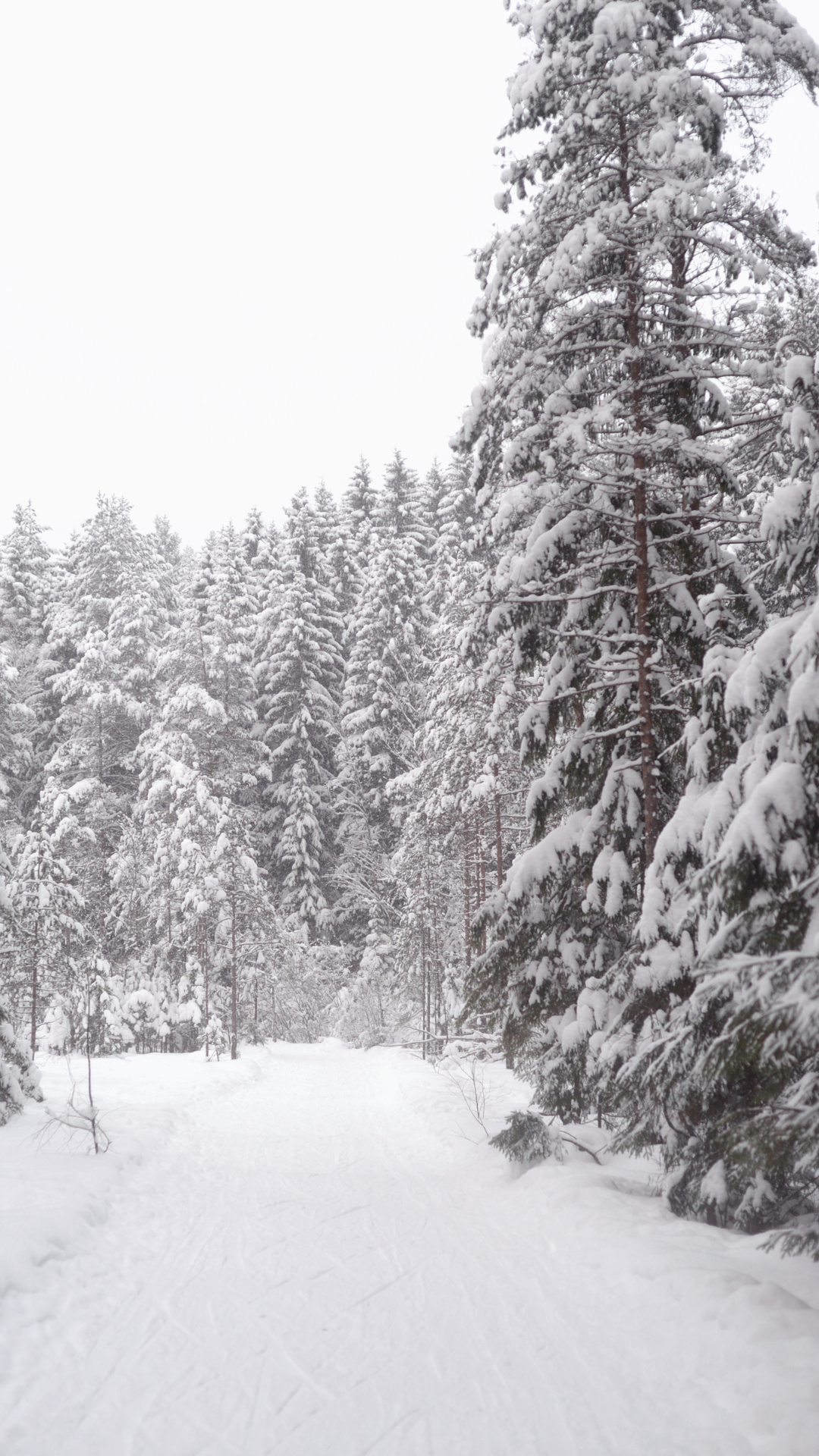
How it works?
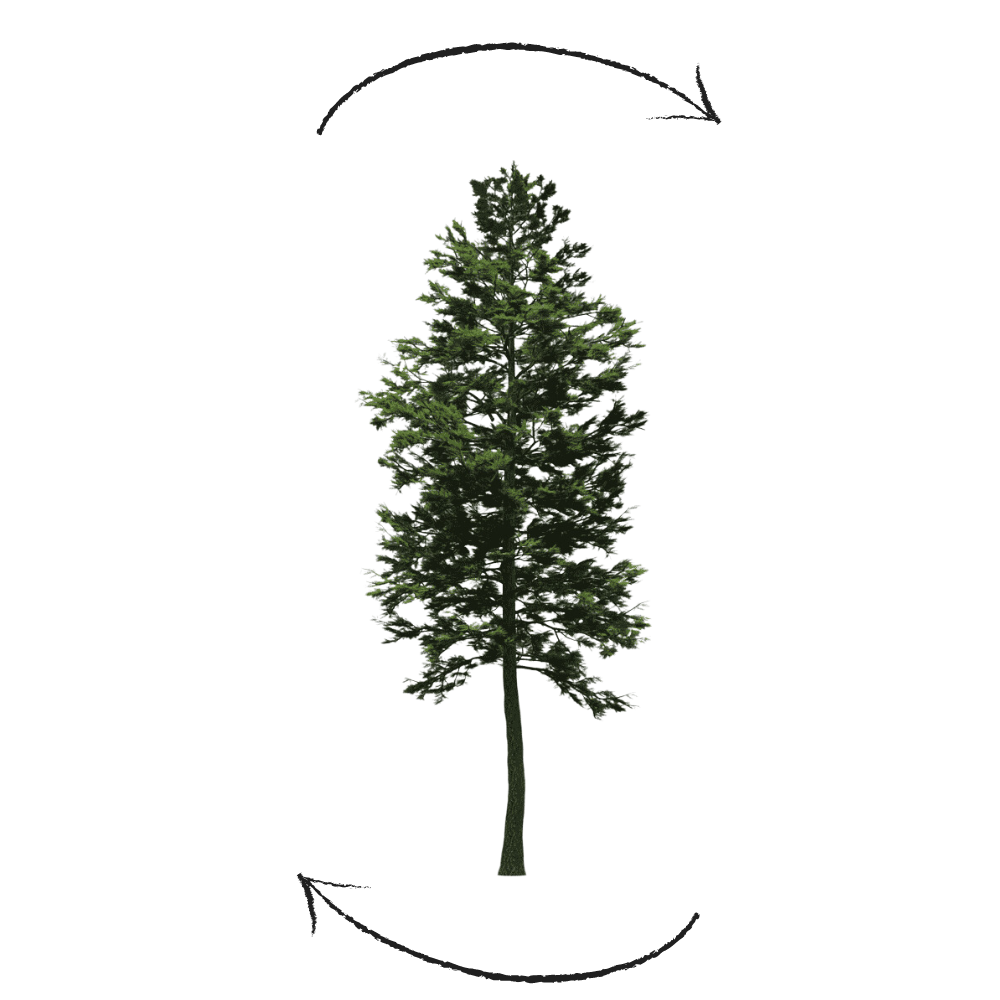
FOREST SELECTION
Choose a forest area that you want to protect from logging.
ACCOMMODATION
You have the opportunity to visit and stay in your forest at any time.
REPORTS
Every 6 months, you receive detailed reports describing the condition and development of the forest.
RENTAL PERIOD
Monthly subscription model. You can cancel your subscription at any time.
DOCUMENTS
You receive official documents confirming that you are the tenant of this forest.
NAME PLATE
A sign with your name is placed in the forest, encouraging others to act responsibly.
FOREST SELECTION
Choose a forest area that you want to protect from logging.
ACCOMMODATION
You have the opportunity to visit and stay in your forest at any time.
REPORTS
Every 6 months, you receive detailed reports describing the condition and development of the forest.

RENTAL PERIOD
Monthly subscription model. You can cancel your subscription at any time.
DOCUMENTS
You receive official documents confirming that you are the tenant of this forest.
NAME PLATE
A sign with your name is placed in the forest, encouraging others to act responsibly.
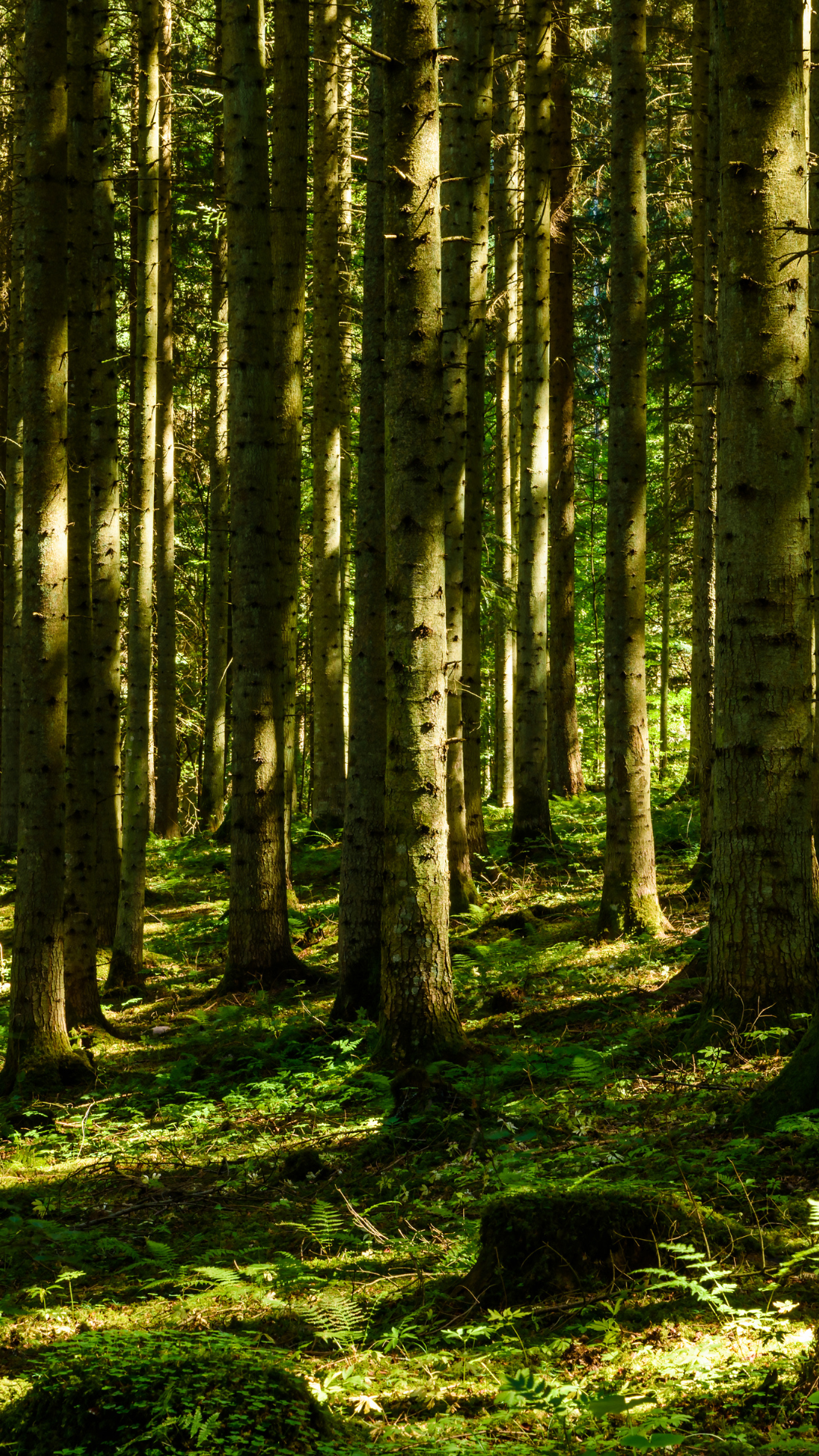
Lithuania's forests are part of its natural heritage, accounting for about 33% of the country's territory. Among the various tree species, Norway spruce occupies about 20% of the total forest area in Lithuania, often forming spruce forests and growing together with pine and deciduous trees. There are also quite mature trees with a trunk diameter of over 1 m.
Spruce trees are valuable not only for their beauty. One hectare of mature spruce trees can absorb around 10 tonnes of carbon dioxide and release up to 6 tonnes of oxygen each year, improving air quality.
Although Norway spruce stands are second only to pine forests in terms of abundance in Lithuania, there are no longer any large masses of Norway spruce trees left, and their area is steadily decreasing. The main reason for the loss of Norway spruce in Lithuania is the very intensive, almost uncontrolled deforestation.
According to the latest data, deforestation in Lithuania has increased by 15% over the last ten years, or about 30 000 hectares. Therefore, every hectare of spruce forests preserved today is extremely important for maintaining the stability of our ecosystem.








